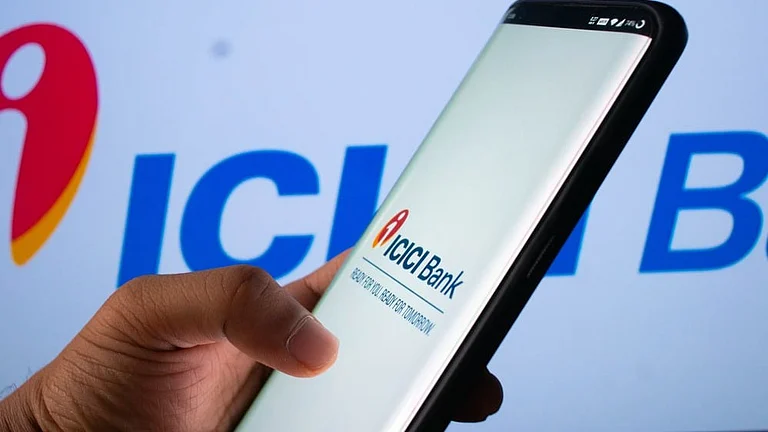
ICICI Bank charges PAs 2 bps per UPI transaction with escrow (₹6 cap)
Non-escrow PAs face 4 bps fees capped at ₹10 per UPI payment
Yes Bank and Axis Bank already levy aggregator fees on UPI volumes
Aggregators may absorb costs or pass fees to merchants
ICICI Bank from August 1, 2025, will start charging payment aggregators (PAs) for each Unified Payments Interface (UPI) transaction they process on behalf of merchants.
PAs that maintain an escrow account with ICICI will incur a fee of two basis points (bps) per transaction, capped at ₹6. Those without an ICICI escrow account will pay four bps, capped at ₹10 per transaction. Transactions that settle directly into merchants’ ICICI Bank accounts will remain free of charges, enabling the bank to earn interest on the float.
Banks Seek New Revenue Streams
The move follows comments by the Reserve Bank of India’s governor hinting that UPI, long provided at no cost to end users, may warrant pricing to ensure sustainability.
While UPI transactions have surged into the billions monthly, no merchant discount rate (MDR) applies, leaving banks to bear infrastructure and switching costs with minimal direct compensation. “Banks have invested heavily in UPI switch technology and acquiring systems,” observed one payments executive. By charging PAs, banks like ICICI aim to share these costs with the entities that profit from high transaction volumes.
ICICI is not alone. Yes Bank and Axis Bank already impose similar fees on aggregators. Collectively, these three institutions dominate the UPI payment service provider (PSP) market, serving both payers and payees.
As UPI volumes, especially peer‑to‑merchant (P2M) transactions, continue exponential growth, banks face mounting expenses to upgrade data centres, cyber‑security measures and real‑time settlement engines. Without MDR revenue on UPI, fees on PAs represent the most direct path to recoup investments.
Impact on Aggregators & Merchants
Payment aggregators typically pass funds into an escrow account, then disburse them to merchants. Under the new fee structure, PAs must either absorb the marginal cost or pass it through to merchants via platform or convenience fees. “PAs will adjust pricing or margins based on their agreements,” said a second payments industry source.
Some aggregators may choose to internalise small per-transaction costs to remain competitive; others may levy incremental charges on merchants, potentially affecting pricing for end consumers.

































